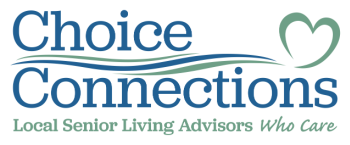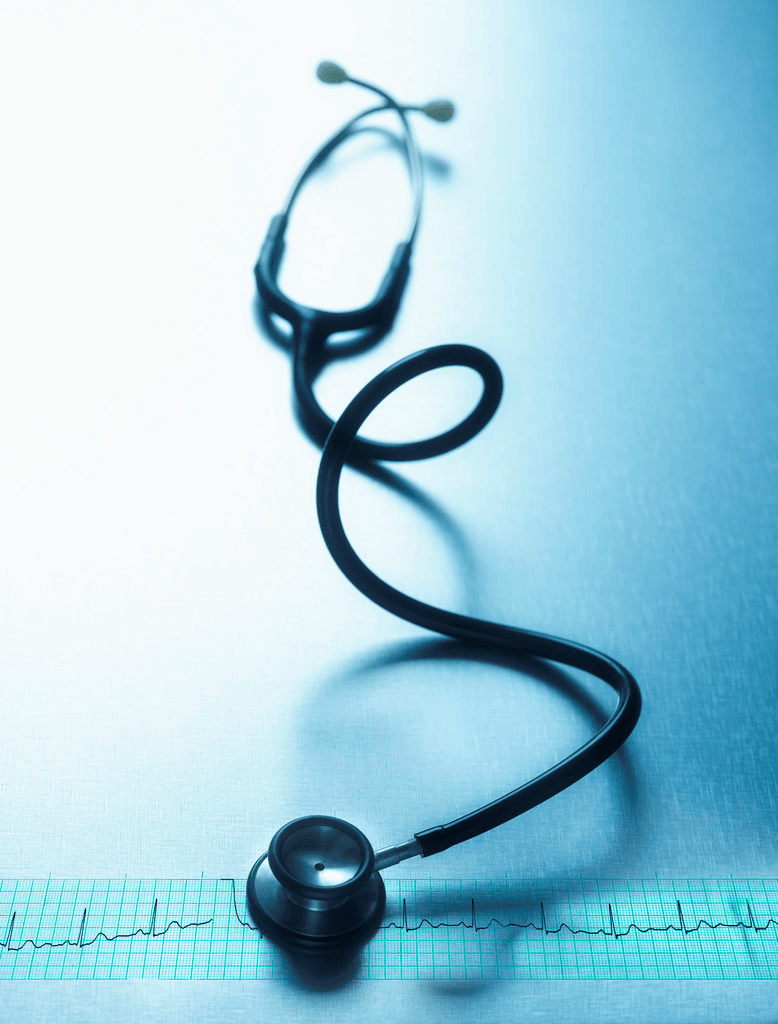Seniors and Heart Disease
There are many different kinds of heart disease. Plaque buildup is often to blame. But there are other causes.
- Tobacco Use
- Drinking
- Excess weight
- lack of Exercise
- Stress
Things you can’t control, like your family history, might also increase your risk of heart disease. But even so, leading a heart healthy lifestyle might help you avoid or delay serious illness. One sign that you are at risk for heart disease is your waist measurement. Extra fat around the middle of your body increases risk. A man’s risk of heart disease is increased if his waist measures more than 40 inches. A woman’s risk is increased at 35 inches.
Signs of Heart Disease
Early heart disease often doesn’t have symptoms; that’s why regular checkups with a healthcare provider are important. Your doctor will check things like cholesterol, a fat that can add to plaques in your arteries, and your blood pressure. And, a blood test for CRP (c-reactive protein) may be done as well as an EKG, an electrocardiogram. This is a test that looks at electrical activity in your heart.
People experience symptoms of an oncoming heart attack differently. Women and those older than 75, especially, are less likely to feel any chest pain and more likely to suffer what is known as a silent heart attack. Silent heart attacks don’t exhibit the traditional warning signs but are equally deadly. And, they can be difficult to diagnose because the symptoms can be vague: prolonged fatigue, confusion, shortness of breath.
Common symptoms of a traditional heart attack include:
• Chest pain and pain that originates in the chest and spreads to the back, jaw or arms. People may also feel pain in all of these places and not the chest, or they may feel pain in the stomach area and mistake it for indigestion. The pain is like that of angina but usually more severe and longer lasting, and it does not get better by resting or taking a nitroglycerin pill.
• Faintness
• Sudden sweating
• Nausea
• Heavy pounding of the heart
• Abnormal heart rhythms (arrhythmias), which occur in more than 90 percent of people who have had a heart attack
• Loss of consciousness, which sometimes is the first symptom of a heart attack
• Feelings of restlessness, sweatiness, anxiety and a sense of impending doom
• Bluishness of the lips, hands or feet
Certain symptoms are mostly seen in older adults:
• Shortness of breath
• Progressive fatigue
• Heartbeats that are too fast, too slow or irregular
• Dizziness
• Pain in the left chest, or more commonly, “chest tightness,” especially if brought about by physical or emotional stress
• Symptoms that resemble a stroke, such as feeling disoriented
Because half the deaths from a heart attack occur in the first three or four hours after symptoms begin, it’s important to take these symptoms seriously and get medical treatment as soon as possible.
Heart Attack? Call 9-1-1
Act in time: Learn the warning signs of a heart attack. If you or someone you know might be having a heart attack, call 9-1-1 right away. You need to take an ambulance to the hospital as soon as possible. Do not try to drive yourself, and do not have someone else drive you unless there is no ambulance service where you live.
Resources:
For more information, here are some helpful resources:
American Heart Association
www.heart.org
Centers for Disease Control and Prevention
https://www.cdc.gov/heartdisease/materials_for_patients.htm
National Heart, Lung, and Blood Institute
Health Information Center
www.nhlbi.nih.gov

